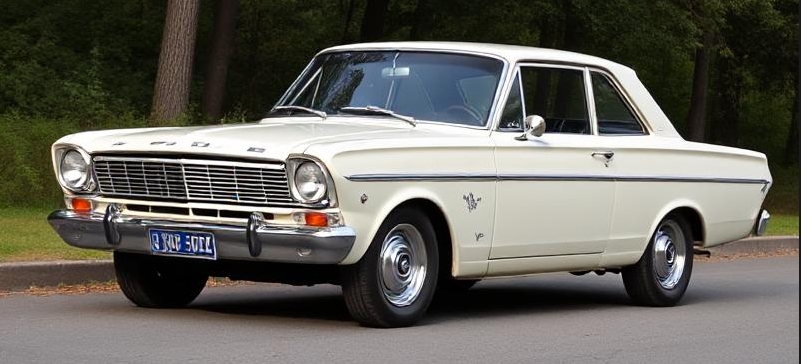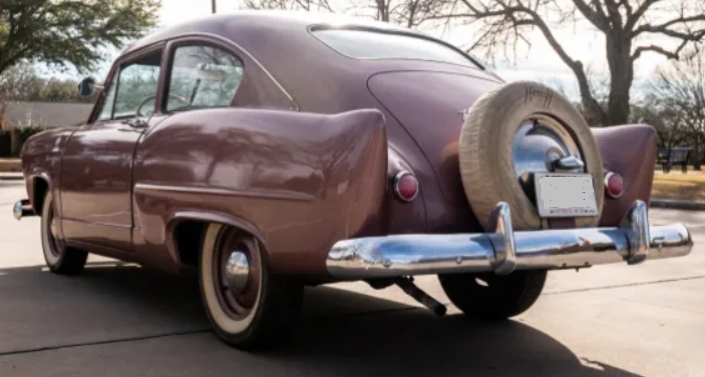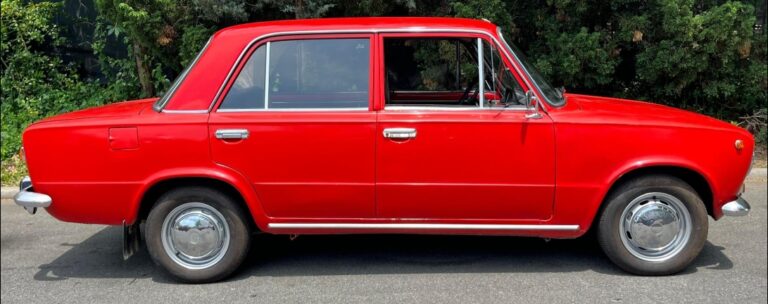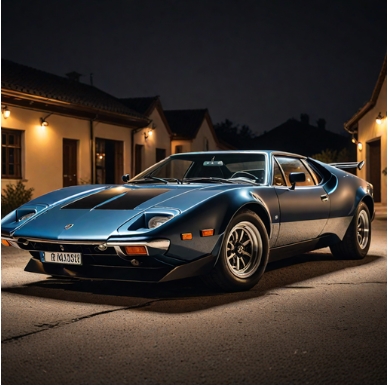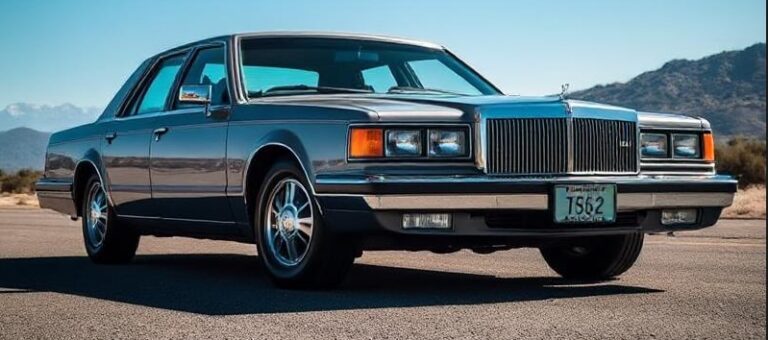The Evolution of the Ford Cortina: A Look at Britain’s Beloved Family Car
The Ford Cortina, a quintessential British family car, was produced by Ford of Britain over three decades from 1962 to 1982. With its blend of practicality, affordability, and appealing design, the Cortina played a significant role in the maturation of the British automotive industry. This article will take a comprehensive look at the evolution of the Ford Cortina, exploring its models, trim levels, and the societal context during its production.
The Birth of the Cortina (1962-1966)
The Ford Cortina was launched in 1962 as a successor to the Ford Anglia and was designed to compete in the family car segment. The first generation of the Cortina (also known as the Cortina MK1) was initially available in two-door and four-door saloon forms, along with an estate variant.
Models and Trim Levels
- Cortina (1962-1966)
- Basic (A): The entry-level trim with minimal features.
- Deluxe (B): A more comfortable version with additional chrome trim and improved interior finishes.
- Super (C): The top variant featuring enhanced upholstery and more luxurious touches.
The Cortina MK1 was powered by an array of four-cylinder engines, ranging from a 1.2-liter to a more powerful 1.5-liter engine, providing enough performance for the period, while also maintaining impressive fuel economy. The MK1 was met with commercial success and quickly became a fixture on British roads.
The Cortina MK2 (1966-1970)
In 1966, the Cortina was redesigned into the MK2 variant. The new design was more modern and angular, which appealed to the family car market.
Models and Trim Levels
- Cortina MK2 (1966-1970)
- Base: The entry-level model retained simplicity.
- Deluxe: Enhanced features over the Base model.
- Super: A more luxurious option with additional comforts.
- GT: A sportier model targeting performance enthusiasts, featuring a more powerful 1.6-liter engine.
This generation offered improved performance, safety features, and passenger comfort. With an increasing variety, Ford catered to different driver needs while solidifying the Cortina’s reputation as a reliable family vehicle.
The Cortina MK3 (1970-1976)
Ford launched the MK3 in 1970. This generation was significant for its radical departure in design, featuring a larger and more robust frame, with a boxier shape that reflected the styling preferences of the era.
Models and Trim Levels
- Cortina MK3 (1970-1976)
- Base: The basic model equipped with the essentials.
- L: The comfort-focused model with more features.
- XL: Featured a more appealing interior and exterior design.
- GT: Hybrid of performance and comfort with enhanced engine tuning.
- S and Ghia: Introduced as the high-end variants, with Ghia models benefitting from luxurious interiors and exclusive trims.
The MK3 offered a variety of engines, including 1.3-liter, 1.6-liter, and a powerful 2.0-liter engine, appealing to a broad customer base. During this time, the Cortina became synonymous with family transport and was frequently featured in British culture.
The Cortina MK4 and MK5 (1976-1982)
The MK4 Cortina was introduced in 1976 and initially looked to modernize the range with more rounded features and a stronger resemblance to the contemporary Ford models, such as the Ford Sierra.
Models and Trim Levels
- Cortina MK4 (1976-1979)
- Base: The entry point still emphasized basic functionality.
- L: A step up in terms of comfort and styling.
- GL: The mid-level trim that combined various features for a balanced offering.
- Ghia: The premium model focused on luxury, optimal gear, and advanced styling.
In 1982, the MK5 launched, which was a slightly redesigned MK4 to extend the Cortina’s lifespan.
Models and Trim Levels
- Cortina MK5 (1982)
- Base
- L
- GL
- Ghia
This generation largely relied on a range of engines, including a 1.6-liter and 2.0-liter engine choices. However, by this time, changing consumer preferences, rising competition, and increasing production costs led to a decline in sales.
.
SEARCHING for those hard to find FORD manuals, guides & books?
This place has you covered! SEE All FORD Manuals From 1920 – 1989.
CHOOSE the year of your vehicle:
.
The End of an Era
The Ford Cortina ceased production in 1982, marking the end of a significant chapter in British motoring history. It had evolved through five generations over twenty years and had sold millions of units. At its height, the Cortina was more than just a family car; it was an icon of British culture, seen in the driveways and streets of the nation.
Legacy of the Ford Cortina
The Cortina’s legacy continues through car enthusiasts and collectors, with cars from all generations often finding a place at classic car shows. The Cortina is remembered not just for its practicality and affordability, but for its role in shaping the British automotive landscape, influencing design and familial transport concepts.
The Ford Cortina also laid the foundation for the success of future models such as the Ford Sierra and Ford Mondeo, which succeeded in keeping the tradition of quality family vehicles alive.
In conclusion, from its humbler beginnings in the early 1960s to its status as a national symbol, the Ford Cortina’s evolution tells a story of changing times, consumer needs, and automotive innovation. It never just fulfilled the role of a vehicle; it became an integral part of life for millions, reflecting the pace of life and the culture of its day.
